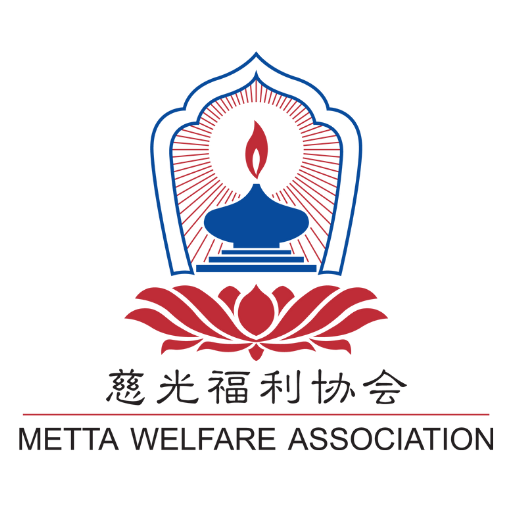It used to be that Tai Chi is synonymous with an Asian senior citizens’ sport. However, western doctors and occupational therapists are beginning to embrace this traditional Chinese art form as one of the best effective activity for cardiac and post-stroke rehabilitative therapy.
Tai Chi is often described as “meditation in motion,” but it might well be called “medication in motion.” There is growing evidence that this mind-body practice, which originated in China as a martial art, has value in treating or preventing many health problems. And you can get started even if you aren’t in top shape or the best of health.
Among the many benefits of Tai Chi ranges from normalising blood pressure, aids in strength, mobility and flexibility, prevents arthritis,helps regulate one’s immune system, improves the body’s circulation, posture and back aches and promote better balance and coordination.
The movements of Tai Chi are effective in improving both intrinsic motor control and functional status. They increase aerobic capacity and sensorimotor function, and improve the timing of muscle activation and strength, cardio respiratory fitness, mobility, coordination, balance and most importantly one’s circulation.They also calm the mind. Tai Chi has a favourable effect on the prevention of recurrent stroke and cardiovascular episodes.
This low-impact, slow motion exercise involves movements without pausing through a series of motions. But Tai Chi differs from other types of exercise in several respects. The movements are usually circular and never forced, the muscles are relaxed rather than tensed, the joints are not fully extended or bent, and connective tissues are not stretched. Tai Chi can be easily adapted for anyone, from the most fit folks to those confined to wheelchairs or folks recovering from surgery. And the best news of all? There is no need for gym memberships just to be healthy and get in shape with Tai Chi.
image Exercise equipment photo created by freepik – www.freepik.com



